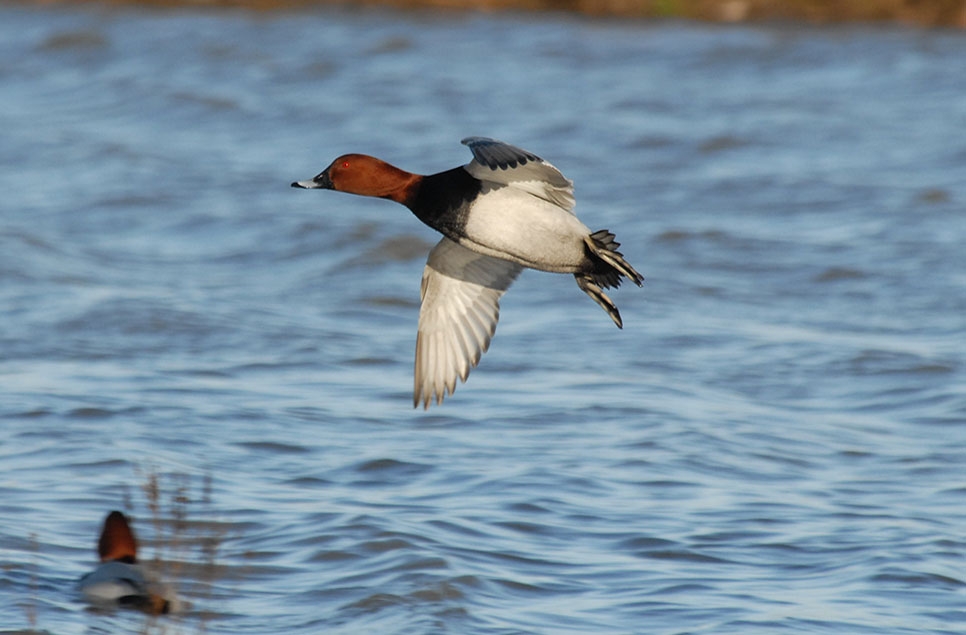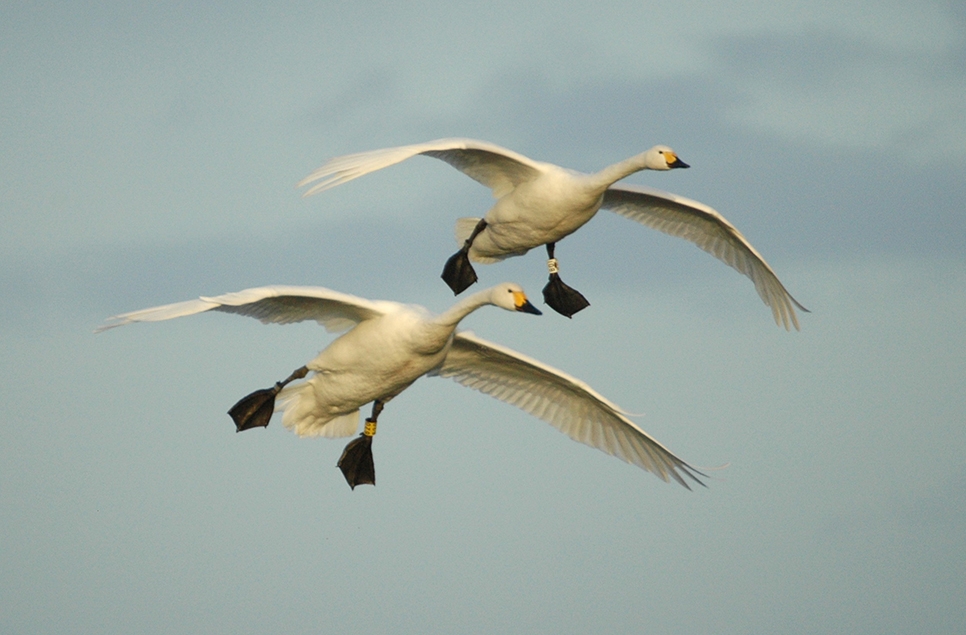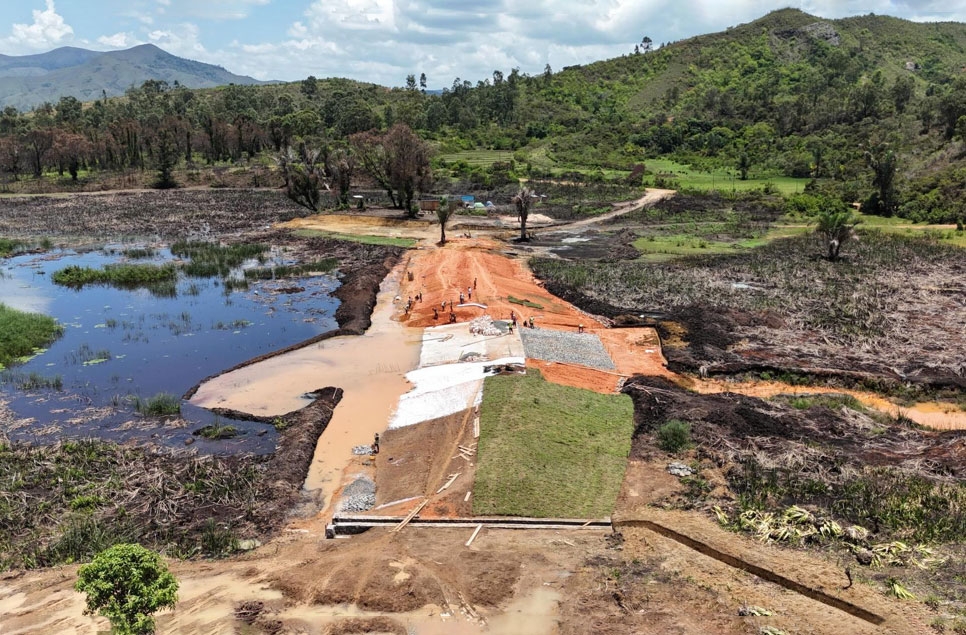One of the UK’s most elusive spiders spotted at WWT London
One of the UK’s most elusive spiders - the Enoplognatha caricis (E. caricis) - has been spotted at WWT London. The sighting marks only the fourth time it’s been seen in Great Britain in the last 30 years, and the first time in the nation’s capital.
Regular WWT London visitor and spider enthusiast Shreyas Kuchibhotla spotted a female E. caricis during a recent trip to the reserve, while he was sifting through some moss next to one of the ponds in its ‘Wild Side’ area.
Listed as extremely rare and vulnerable to extinction across both the UK and Europe by the British Arachnological Society, E. caricis is a cobweb spider that gravitates to wet, marshland habitats.
Prior to this sighting at WWT London, it had only been recorded at three locations since 1992: once in 2009 at Castle Marshes, Suffolk, ten years later in 2019 in a garden centre in York, then finally in a small pond in Gloucester in 2020.
That this incredibly rare spider has now been spotted at WWT London is a testament to the site’s habitat management.
Callum Moore, Senior Reserve Warden at WWT London said:
"WWT London’s Wild Side boasts small water channels that bend and weave through a combination of small grassland and wet fen areas, before reconnecting to the rest of the centre. We regularly clear out the vegetation from the water channels, making the edges vibrant and bushy spaces for small invertebrates, like this rare species, to thrive.
"Creating and protecting habitats that attract a wider range and breadth of rare species is ultimately the core of what WWT is about and why we exist. Wetlands are wondrous places where water meets land, and provide sanctuary to 40% of the world’s wildlife. It’s absolutely vital that the habitats at our centres are in the best condition they can be, to give vulnerable species like E. caricis, the best chance of survival."
Callum added that the E. caricis spotted at WWT London has been identified to be a mature female, suggesting there could be more of these rare insects using the habitat as well.
Header image: A female Enoplognatha photographed at WWT London. Credit: Shreyas Kuchibhotla



